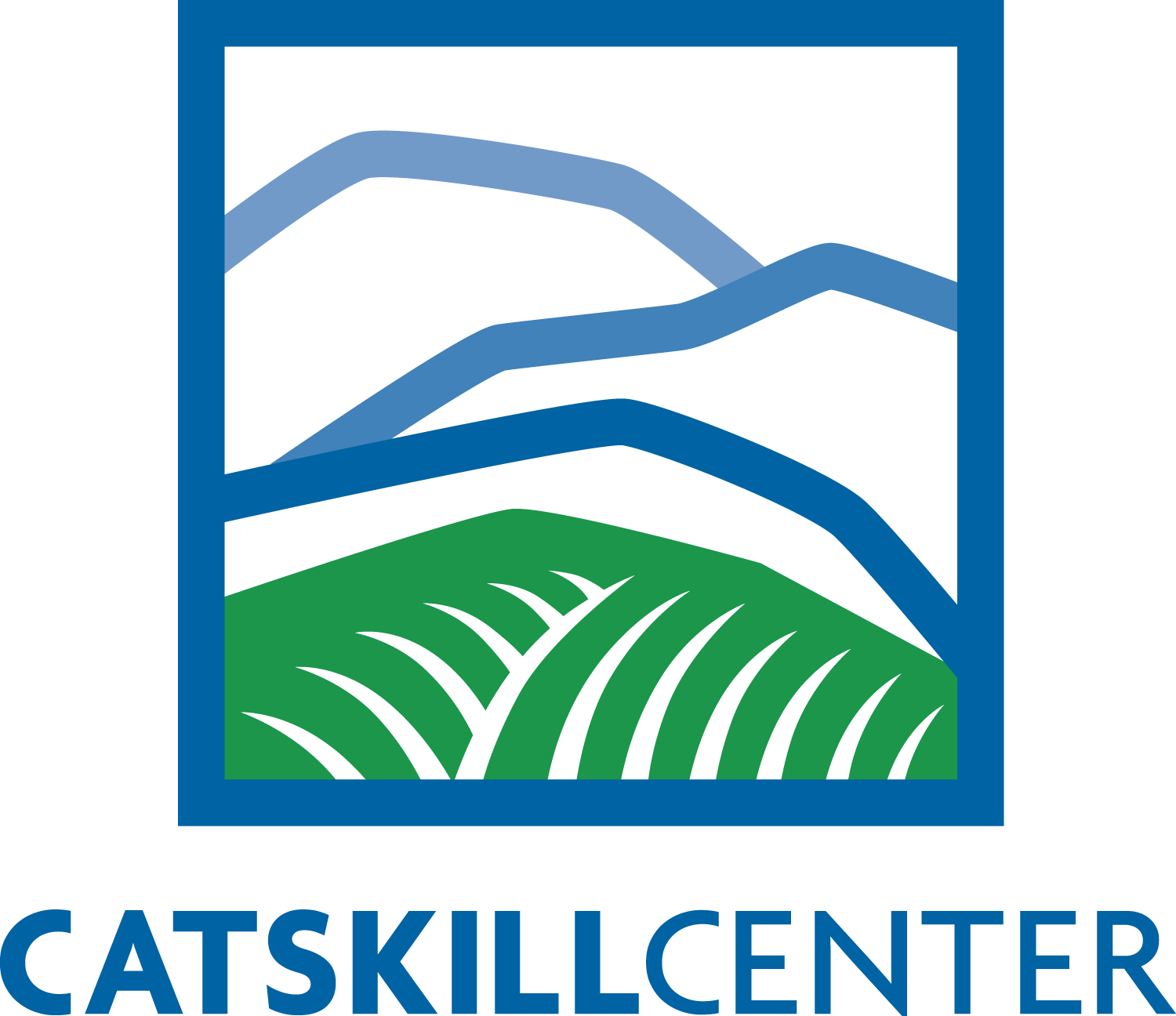Ballot proposal would ease park restrictions
Written by Joe Mahoney CNHI State Reporter for the Daily Star
With no organized opposition and a bevy of civic, environmental and business groups supporting it, a non-controversial ballot proposition set to go before New York voters on Nov. 7 would seem to be a slam dunk for passage.
The measure, known as Proposal 3, would give town and county governments in the Adirondacks and Catskills new flexibility to straighten out road curves, run power lines or put in bicycle paths in the forest preserve land that enjoys strong protections in New York's state constitution.
But those urging a "yes" vote on the proposal say that heading into the homestretch of the election season they have one worry: All the noise being generated over an unrelated ballot item — Question One — that asks voters to authorize a state constitutional convention. Major unions and several other interest groups have turned up the spending in recent days to urge a "no" vote on that ballot question.
"We just hope people don't get confused when they go in to vote on these proposals," said Brian Towers, president of the Adirondack Association of Towns and Villages and the town supervisor of Wells, a community in Hamilton County,
He and others pointed out that the question asking voters to approve a constitutional convention has nothing to do with the authorization for a constitutional amendment that would create a new 250-acre land bank for the Catskill and Adirondack forest preserves.
The forever wild designation given to the preserve has posed "real life problems" that jeopardize the health and safety of residents and visitors to those regions of upstate New York, he said.
Towers contended that it makes no sense to force local governments to go through a cumbersome two-year process to get a constitutional amendment every time they decide to straighten out a hazardous curve, replace a culvert or improve the grading of a roadway.
Typically, he said, such projects would disturb only a very small piece of preserve land adjacent to the road.
He credited state Sen. Betty Little, R-Queensbury, for forging an alliance of supporters for Proposal 3, one that includes such diverse members as the Nature Conservancy, the state Conservative Party and the New York State Association of Counties.
Little said in an interview that many roads in the "forever wild" preserves evolved from paths along streams. "We have places where the curves in the roads are ridiculous — but it's forest preserve, so you can't take down a tree when you need to straighten out the road," she said.
The senator said it was important to build a broad-based coalition of supporters to maximize the chances the proposal will be embraced by voters statewide. Some, including her, wanted to enhance the ability of developers to run natural gas lines into the protected lands, but she said that would have divided those working to get all on board.
"We just couldn't have that in order to have the support of the environmental community," Little said.
The ballot measure would authorize the state Department of Environmental Conservation to begin the land bank by acquiring 250 acres of private property. That land would be used to offset any tracts that are disturbed by the kinds of limited projects allowed by the amendment, which include the installation of broadband equipment.
Little said there would be strong safeguards, with all projects being monitored by state environmental regulators or the state Department of Transportation.
While the impact of the proposal is surgically aimed at the forest preserves, supporters hope it generates enthusiastic support throughout New York.
The New York State Association of Counties said local governments in the state parks have had to forgo simple projects that improve public safety and convenience because of restrictions governing the forever-wild land.
"This proposal is a commonsense fix that would make it possible for communities in the two parks to expedite critical infrastructure projects, improve utilities and provide enhanced safety for residents and visitors," NYSAC said.
A "yes" vote is also being urged by one of the most influential conservation groups in the upstate region, the Adirondack Council.
"In cases when just a tiny amount of land is involved, it makes sense to have a system that allows communities to go ahead with these projects under rules that make sure they are carefully thought-out before they are applied for," said John Sheehan, the council's spokesman.
He noted local government leaders will still have to get a constitutional amendment for projects that impact more than a mile of road in the forest preserve.
If the question is approved, Sheehan said, "it will make it easier for communities to remain modern and be sustainable. It will also help people avoid becoming too frustrated with the constraints of the forest preserve. Since we have the best forest protection law in the world, we want to keep it that way. Part of the reason why it's so good is it's ironclad."
The measure is also being promoted by the Catskill Center, a nonprofit organization in the Delaware County hamlet of Arkville.
Jeff Sentermen, the center's director, said the amendment would retain important protections for the Catskill Forest Preserve lands.
"Broadband expansion can proceed more quickly and much needed health and safety improvements will move ahead in a clearer and more direct way when Forest Preserve Lands are involved," Sentermen said in a statement.
Joe Mahoney covers the New York Statehouse for CNHI’s newspapers and websites. Reach him at jmahoney@cnhi.com.
